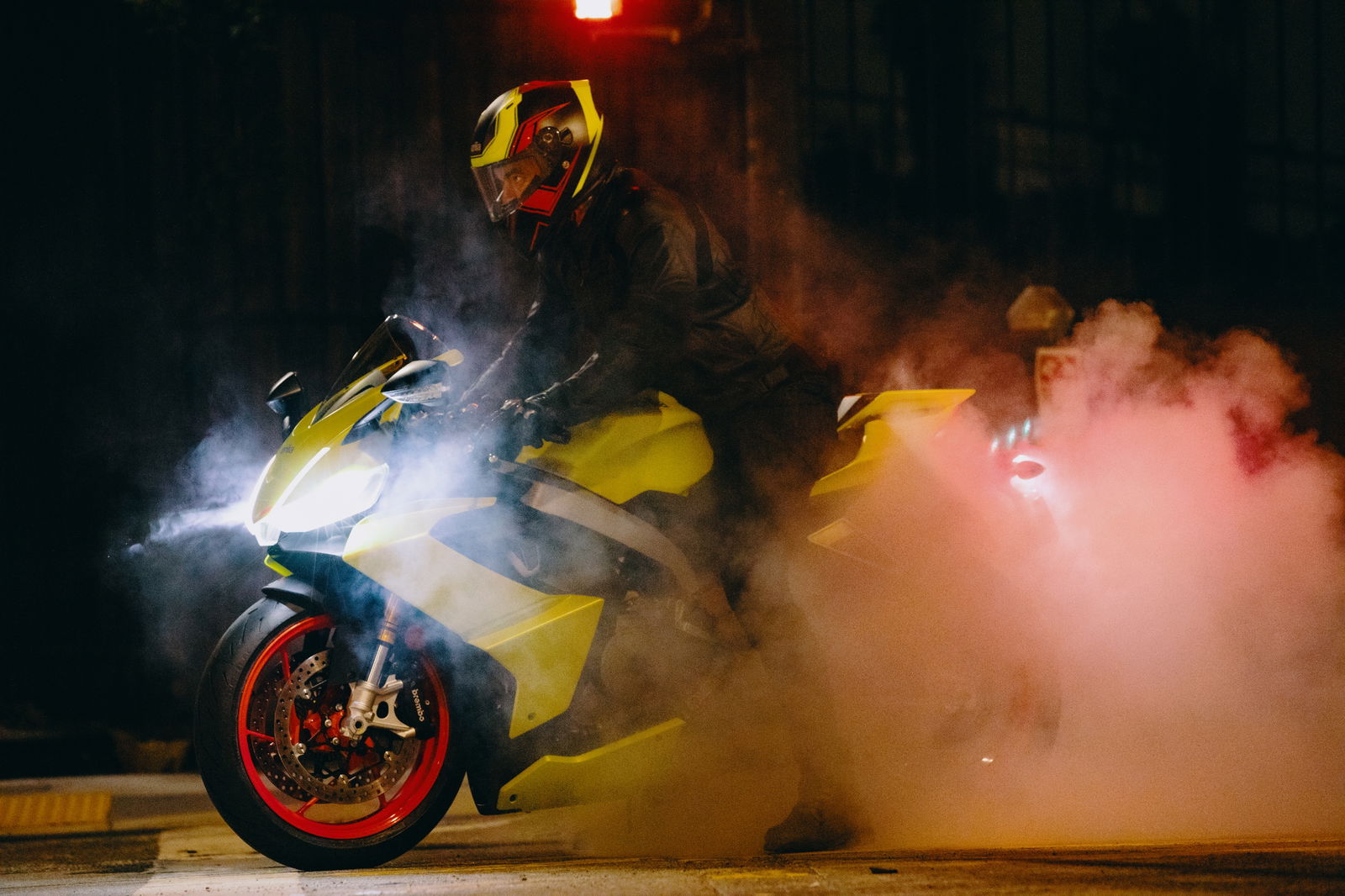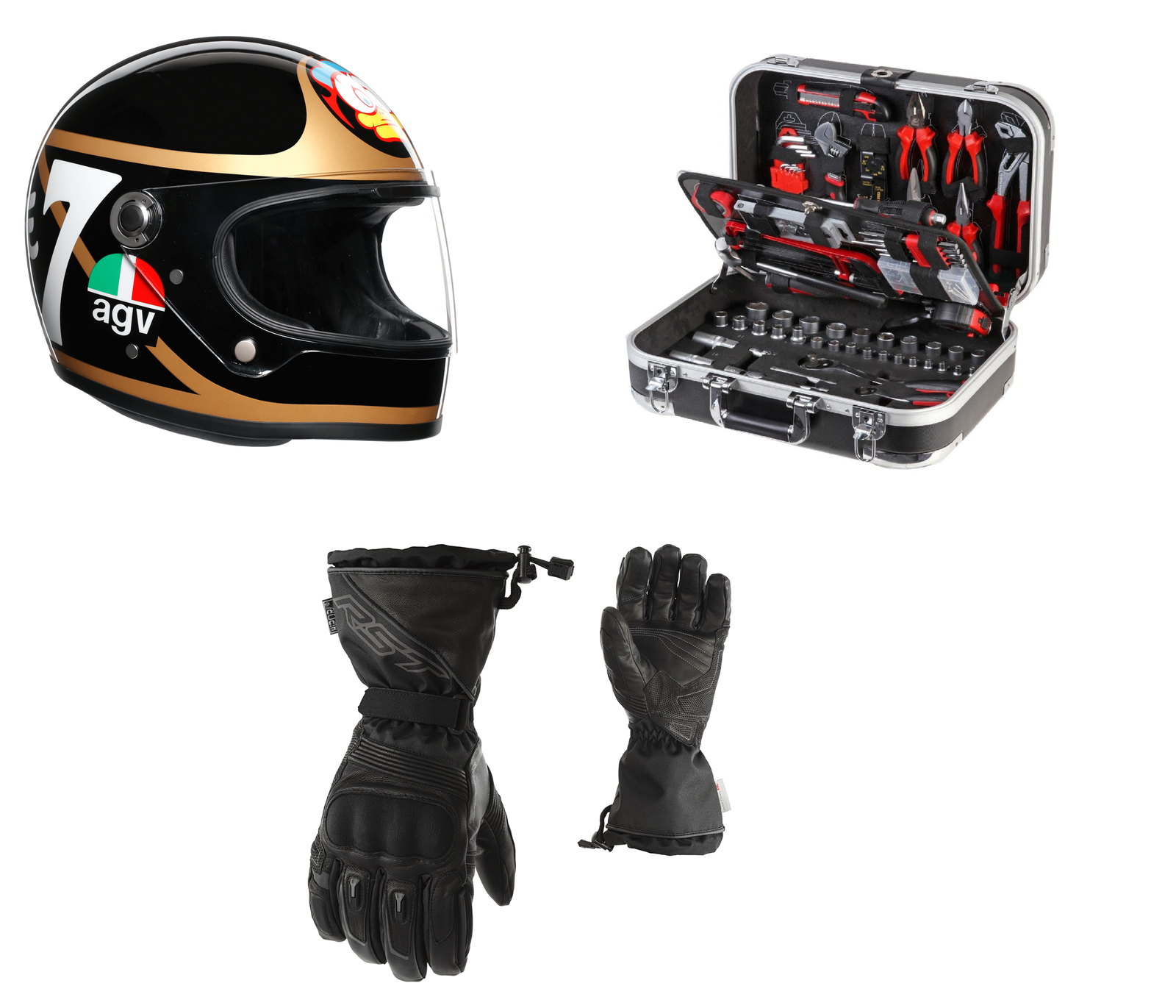Farewell Daytona, long live Daytona? Triumph on the future of the sportsbike
As Triumph announces production-based racing return, the last of its Daytonas rolls off the line... so just what is the future for the Triumph sportsbike?

If you’ve been visiting Visordown in the past week you’ll have seen Triumph announcing its return to motorsport next season with a factory-backed British Supersport Championship effort, a prelude to a probable international WorldSSP comeback in 2022.
A pilot project in conjunction with the FIM to determine whether it should expand Supersport regulations to include motorcycles up to 960cc, Triumph will thus enter a pair of 765cc bikes based on the Street Triple RS albeit with race fairing.
Most likely the final product will bear a close resemblance to the firm’s Daytona sportsbike… which begs the question, why not just use the Daytona as a base?
2020 Triumph Daytona 765 Moto2 Limited Edition - REVIEW
Read our 2024 Triumph Daytona 660 review here.
Well, put simply the Daytona is no more. Yes, the storied sportsbike was given a proper send off recently by marrying it to the 765 triple-cylinder engine that powers the entire Moto2 World Championship grid, but its limited numbers ensured it sold out long before we’d even tipped into 2020.
By the time the 2021 British Supersport Championship kicks off in April, the Daytona will be long gone… but will it be forever?
It’s a question Triumph bods have had to field on numerous occasions and, credit to them, they have struck to their guns and never given an inkling that the Daytona is indeed dead… but then it hasn’t hinted it could return one day either.
It’s a party line Chief Product Officer Steve Sargent maintains with me - as he has done on every other occasion I’ve asked - while we discuss myriad topics on a video call, deflecting my efforts with a flat ‘I’m not going to tell you’.
Regardless, we delve into a chat about the broader sportsbike segment and in particular the dwindling middleweight market the Daytona has just vacated.

Is the middleweight sportsbike sector dead?
Indeed, the Daytona is not the first to exit the fray with the Suzuki GSX-R600 long gone and Honda choosing to import only the warm CBR650R, rather than the more fiery CBR600RR. Now the class has slimmed yet further with the news Yamaha’s venerable R6 is being pulled from production and will instead be a race-only model to sustain the fact it makes up approximately 80% of the WorldSSP grid.
It is this shrinking pool that threatens to wipe the segment out entirely, leaving the remainers to fulfil the warm brief and the 1000cc+ bikes to monopolise the racer for the road offerings.
So where does this leave Triumph and any possible future for the Daytona? Well, Sargent admits it is difficult to make a business case for a new-from-the-ground-up sportsbike when sales figures don’t justify it and will instead morph into sports-leaning models like the Kawasaki 650 Ninja.
“A middleweight Supersport bike is obviously a difficult ask commercially to develop; it costs millions of pounds. Quite honestly the sales aren’t there in that segment to justify doing that.
“Where you can see some sales are motorcycles like the Honda CBR650R for example and the Kawasaki Ninja 650 to some degree. They fit at a lower price point so where they are particularly popular are emerging markets such as South-East Asia. They are slightly more basic, budget sportbikes rather than a completely focused sportbike.!
While the likes of Honda, Yamaha, Kawasaki, Ducati, BMW, Suzuki and Aprilia continue to invest heavily in their sportsbike programmes both on and off track, the market is a very different place to the sector’s 80s/90s heyday when cheap prices and low insurance made such a machine affordable.
“I think people who can afford to ride a Sportsbike these days can afford to buy a litre sports bike.
“I’m of an age where in my 20s could buy a 600 supersport bike for £7k. If it was at the end of the season you could buy a bike for maybe £6.5k and you could afford to insure them. A kid in his 20s now trying to buy a super sportsbike and insure it is quite simply out of financial reach.
“Most of the guys who are buying litre sportsbike are somewhere north of 45 because they are the guys that have the income to support it. You’ve kind of separated that sportsbike segment in two areas, the top end and those a bit further down.”

Will Triumph follow the Aprilia lead?
However, Sargent says there is one model - the new Aprilia RS 660 - that piques Triumph’s interest in the way it sacrifices raw power in favour of a light, nimble chassis and flagship electronics.
Pointing out it’s expensive compared with the pure performance figures, Sargent calls it an ‘interesting play’ and implies it could carve a niche for other brands to follow.
“That bike is still a reasonably high-priced point. From their perspective that’s the gamble. People who have got that amount of money to spend, are they happy with that level of performance or would they spend a few grand more to get more performance. It’s an interesting play, I think. We’ll certainly be watching to see how it goes.”

